Able to pick up “sub-millimeter” movements, including breaths taken under a duvet, this sensor works through wood, plastic, and glass.
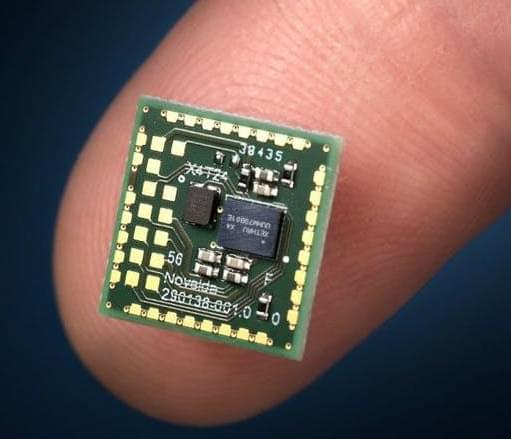

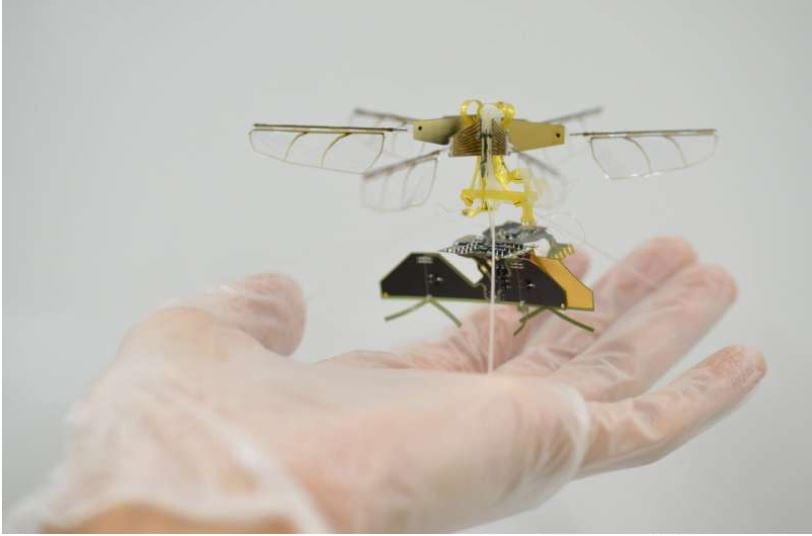
Researchers at Toyota Central R&D Labs have recently created an insect-scale aerial robot with flapping wings, powered using wireless radiofrequency technology. This robot, presented in a paper published in Nature Electronics, is based on a radiofrequency power receiver with a remarkable power-to-weight density of 4,900 W kg-1.
“Small drones typically have a very limited operating time due to their power source,” Takashi Ozaki, one of the researchers who carried out the study, told TechXplore. “The purpose of our recent research was to overcome this limitation. Currently, no-contact power supply using electromagnetic waves has been put to practical use in various products, but it was unknown how far it could be applied to small flying robots.”
The main objective of the recent study by Ozaki and his colleagues was to power an insect-size flying robot using no-contact, wireless charging technology. The robot created by the researchers is essentially comprised of a flapping, piezoelectric actuator that is powered through a 5 GHz dipole antenna.
“We will constantly be ‘within’ the internet, rather than have access to it, and within the billions of interconnected computers around us,” Ball wrote in his Metaverse Primer. Mark Zuckerberg described the metaverse similarly, calling it “an even more immersive and embodied internet.” Picture this: you strap on a headset or pair of goggles, flick a switch, and boom—you’re still standing in your living room, but you’re also walking through a 3D world as an avatar of yourself, and you can interact with other people who are doing the same thing from their living rooms.
Being constantly within the internet doesn’t sound all that appealing to me personally—in fact, it sounds pretty terrible—but the good news for those with a similar sentiment is that the “full vision” of the metaverse, according to Ball, is still decades away, primarily because of the advances in computing power, networking, and hardware necessary to enable and support it.
In fact, according to Raja Koduri, VP of Intel’s accelerated computing systems and graphics group, powering the metaverse will require a 1,000-fold improvement on the computational infrastructure we have today. “You need to access to petaflops [one thousand teraflops] of computing in less than a millisecond, less than ten milliseconds for real-time uses,” Koduri told Quartz. “Your PCs, your phones, your edge networks, your cell stations that have some compute, and your cloud computing need to be kind of working in conjunction like an orchestra.”
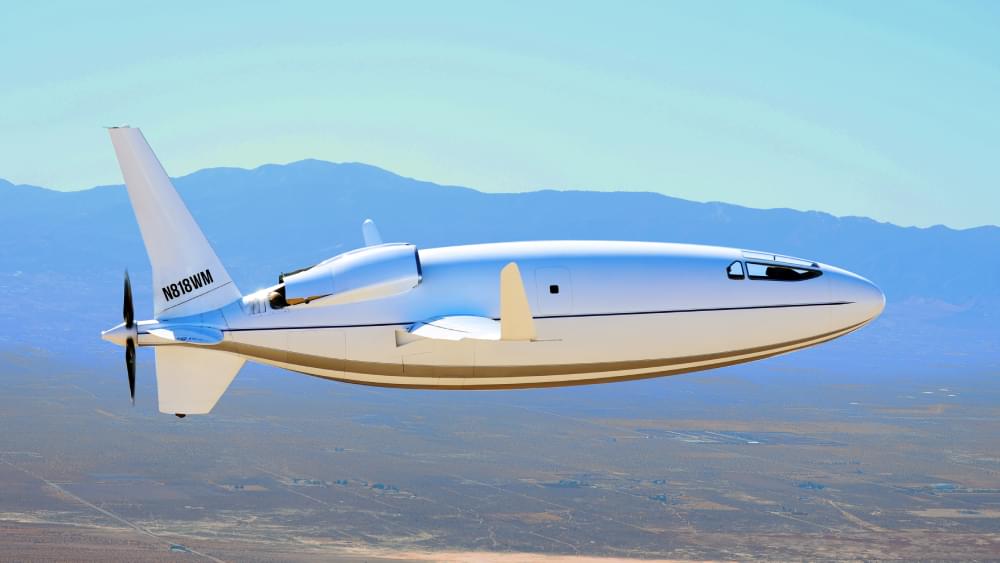

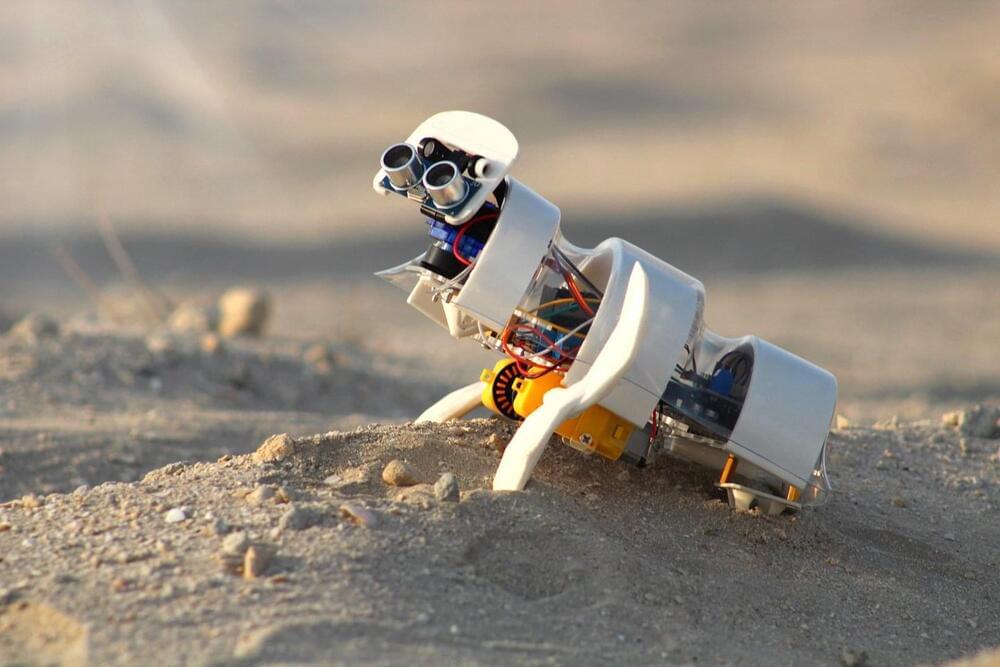

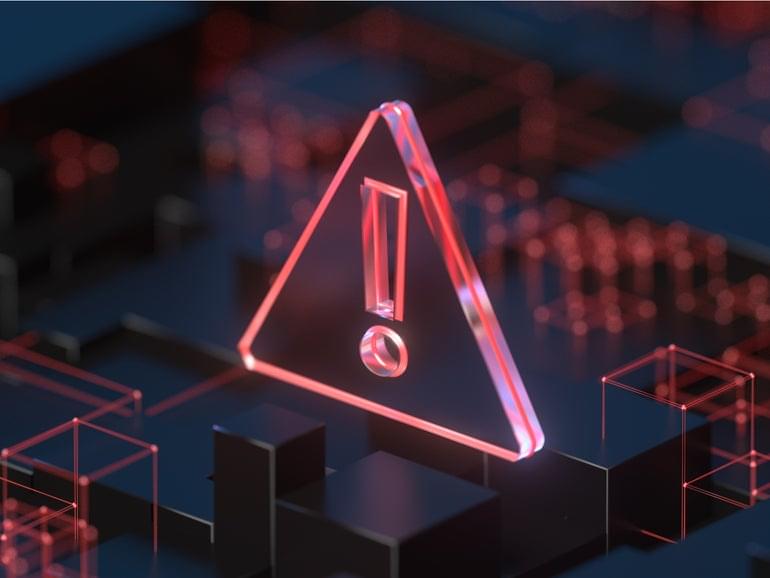
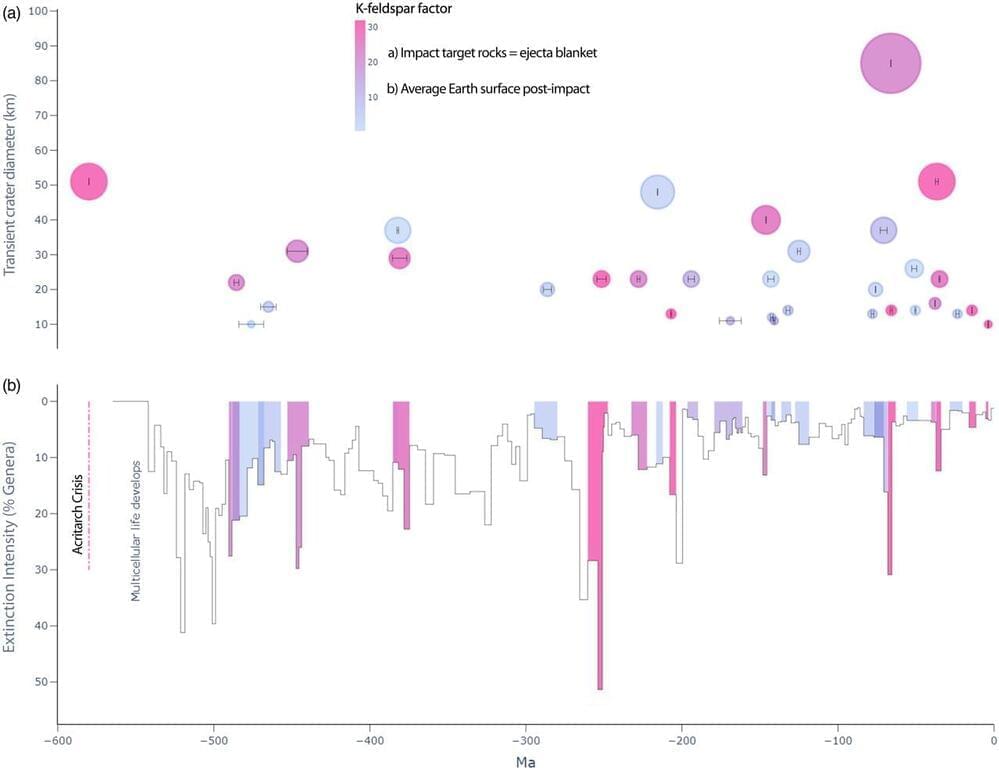
Meteorite impacts load the atmosphere with dust and cover the Earth’s surface with debris. They have long been debated as a trigger of mass extinctions throughout Earth history. Impact winters generally last 10 years, whereas ejecta blankets persist for 103–105 years. We show that only meteorite impacts that emplaced ejecta blankets rich in K-feldspar (Kfs) correlate to Earth system crises (n = 11, p 0.000005). Kfs is a powerful ice-nucleating aerosol, yet is normally rare in atmospheric dust mineralogy. Ice nucleation plays an important part in cloud microphysics, which modulates the global albedo.

The U.S. Air Force has failed for a third time to conduct a successful test of the rocket booster on a prototype AGM-183A Air-Launched Rapid Response Weapon hypersonic missile, or ARRW. This can only add to the palatable frustration within the service, as well as elsewhere in the U.S. military and in Congress, about the progress, or lack thereof, in the testing of various new hypersonic weapons.
The Air Force Life Cycle Management Command’s Armament Directorate confirmed to The War Zone today that another attempted ARRW flight test had failed on Dec. 15, 2021. The Air Force says that it has not yet determined the cause of the issue that led to the test being aborted. The prototype missile never left the wing of the B-52H bomber carrying it.